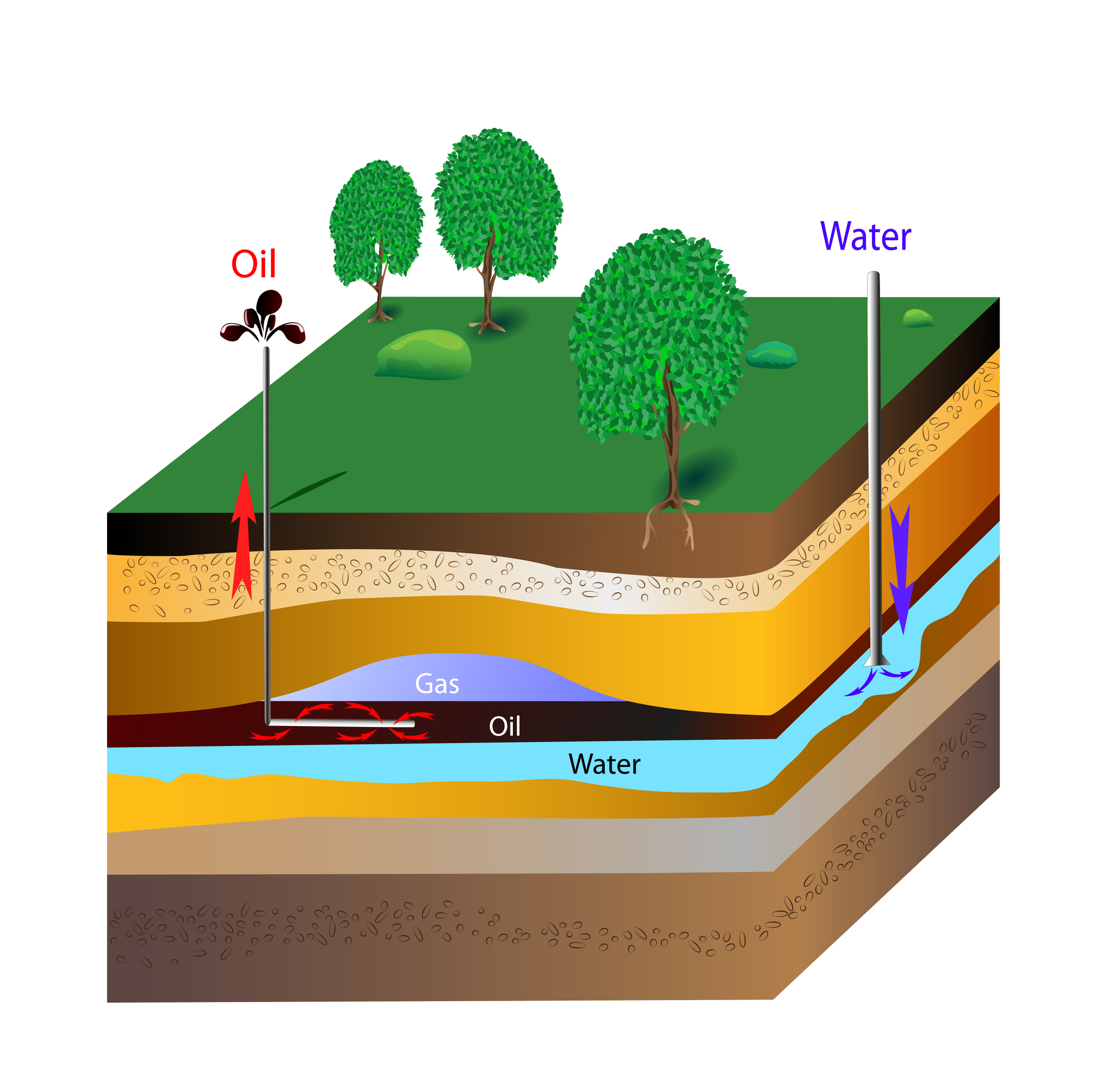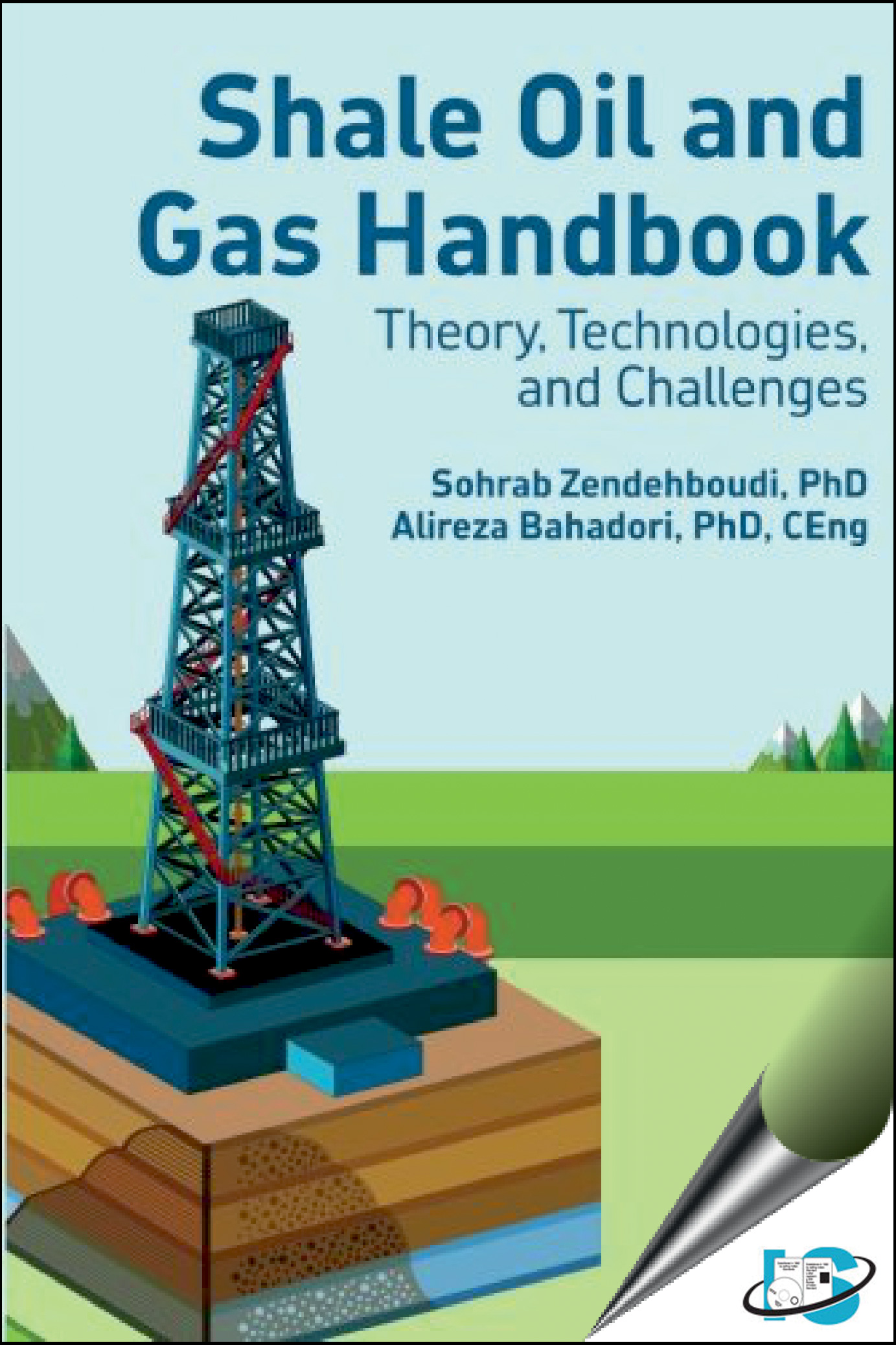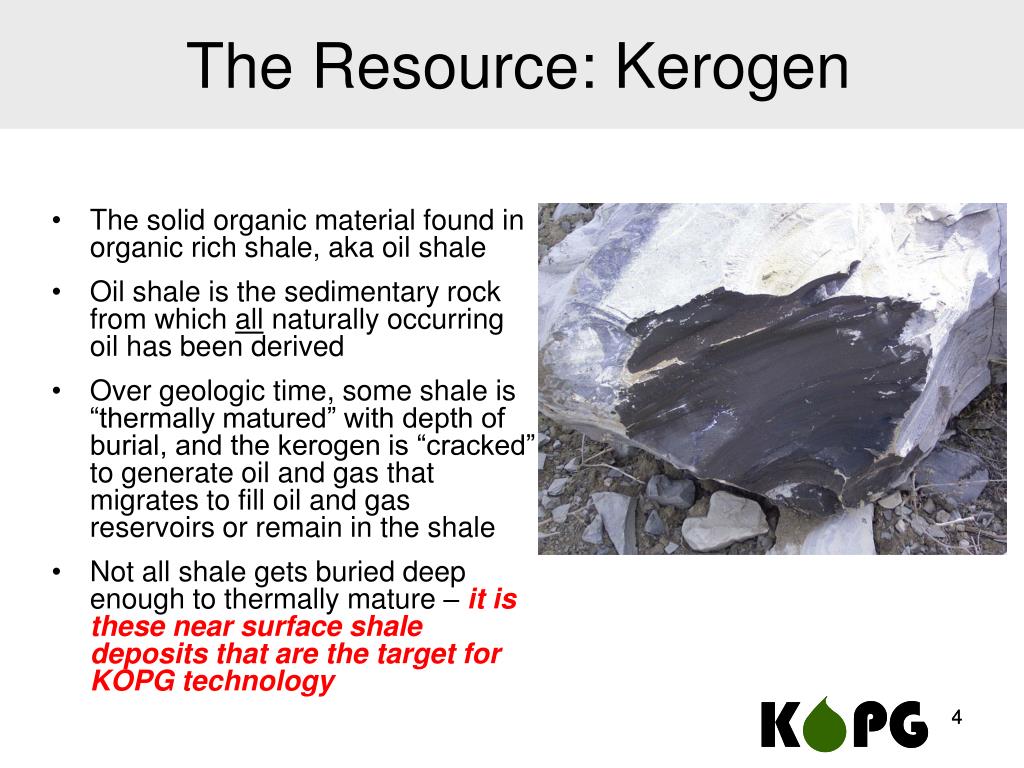Oil Shale Presentation
| Introduction to Oil Shale | ||
|---|---|---|
| Oil shale is a sedimentary rock containing a solid organic material called kerogen. It is found in various countries around the world, including the United States, Estonia, China, and Brazil. Oil shale can be a potential source of unconventional oil and gas. | ||
| 1 | ||
| Formation and Composition | ||
|---|---|---|
| Oil shale forms from the accumulation of organic-rich sediments in ancient lake and marine environments. It consists of a mixture of organic matter, clay minerals, and various inorganic components. The organic matter in oil shale is composed of complex hydrocarbon compounds. | ||
| 2 | ||
| Extraction and Processing Methods | ||
|---|---|---|
| There are two primary methods for extracting oil from oil shale: surface mining and in-situ extraction. Surface mining involves the excavation of oil shale deposits, followed by heating to release the kerogen, which is then processed into oil. In-situ extraction involves heating the underground oil shale deposits to extract the oil without mining. | ||
| 3 | ||
| Environmental and Social Impacts | ||
|---|---|---|
| Oil shale extraction and processing can have significant environmental impacts, including land disturbance, water pollution, and greenhouse gas emissions. It requires large amounts of water for processing, which can strain local water resources. The extraction of oil shale can also have social impacts, such as displacement of communities and changes in local economies. | ||
| 4 | ||
| Potential Benefits and Challenges | ||
|---|---|---|
| Oil shale has the potential to provide energy security and reduce dependence on imported oil. It can also create jobs and stimulate economic growth in regions with significant oil shale reserves. However, there are challenges associated with oil shale, including high production costs, technological limitations, and environmental concerns. | ||
| 5 | ||
| Conclusion | ||
|---|---|---|
| Oil shale is a sedimentary rock that contains kerogen and can be a potential source of unconventional oil and gas. Extraction and processing methods include surface mining and in-situ extraction. While oil shale offers potential benefits, it also poses environmental and social challenges that need to be carefully managed. | ||
| 6 | ||





